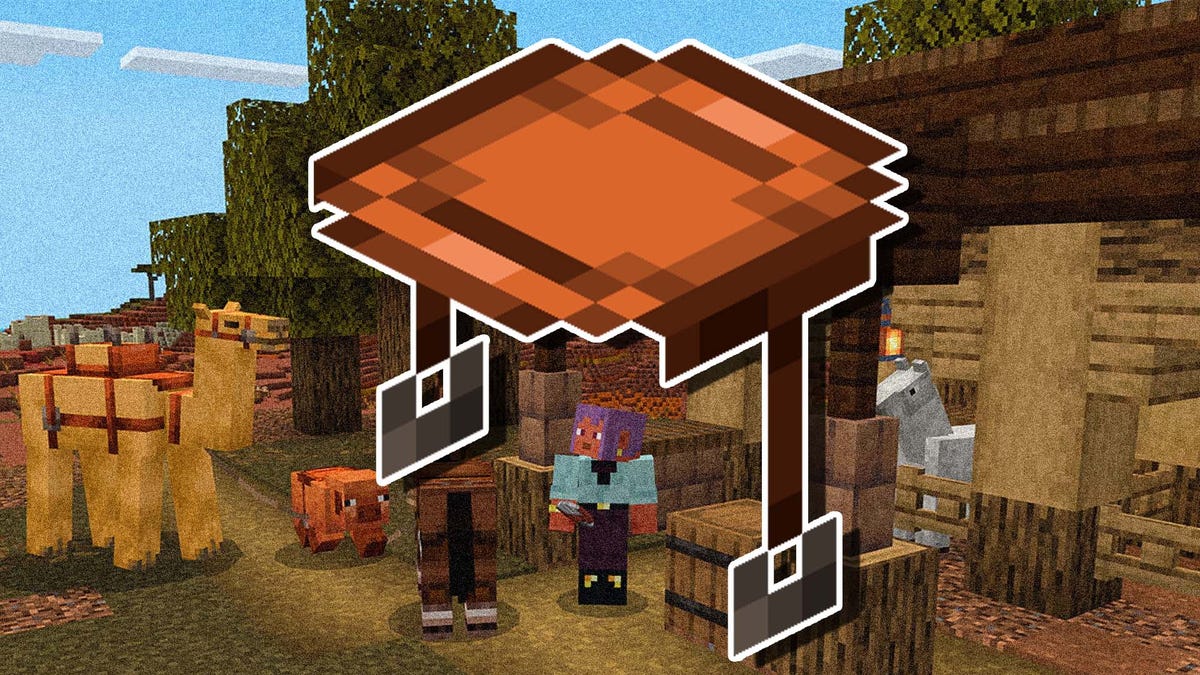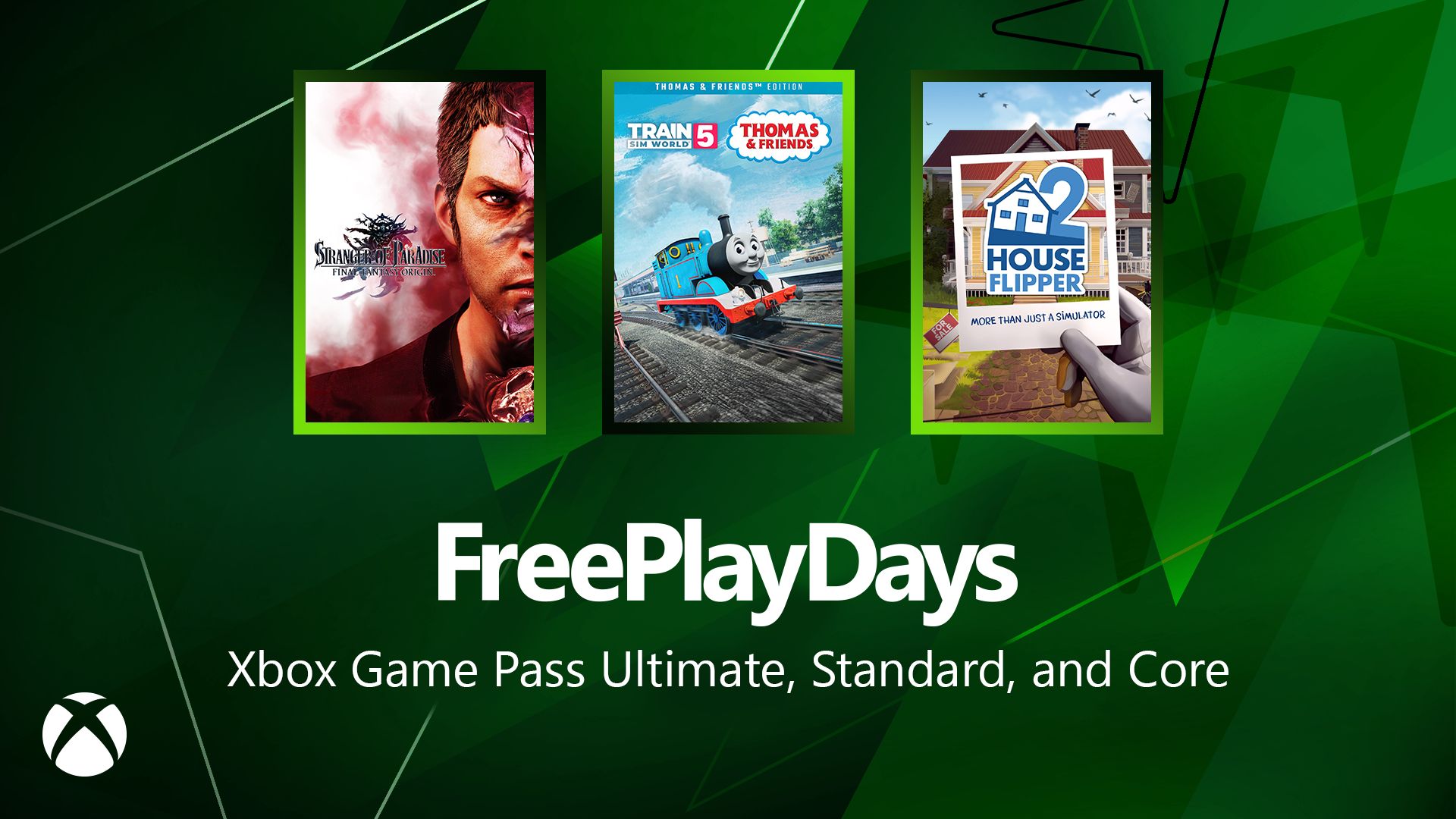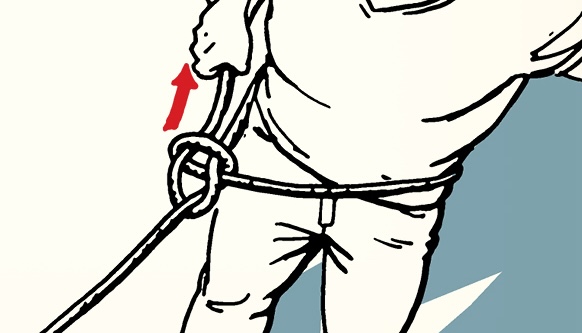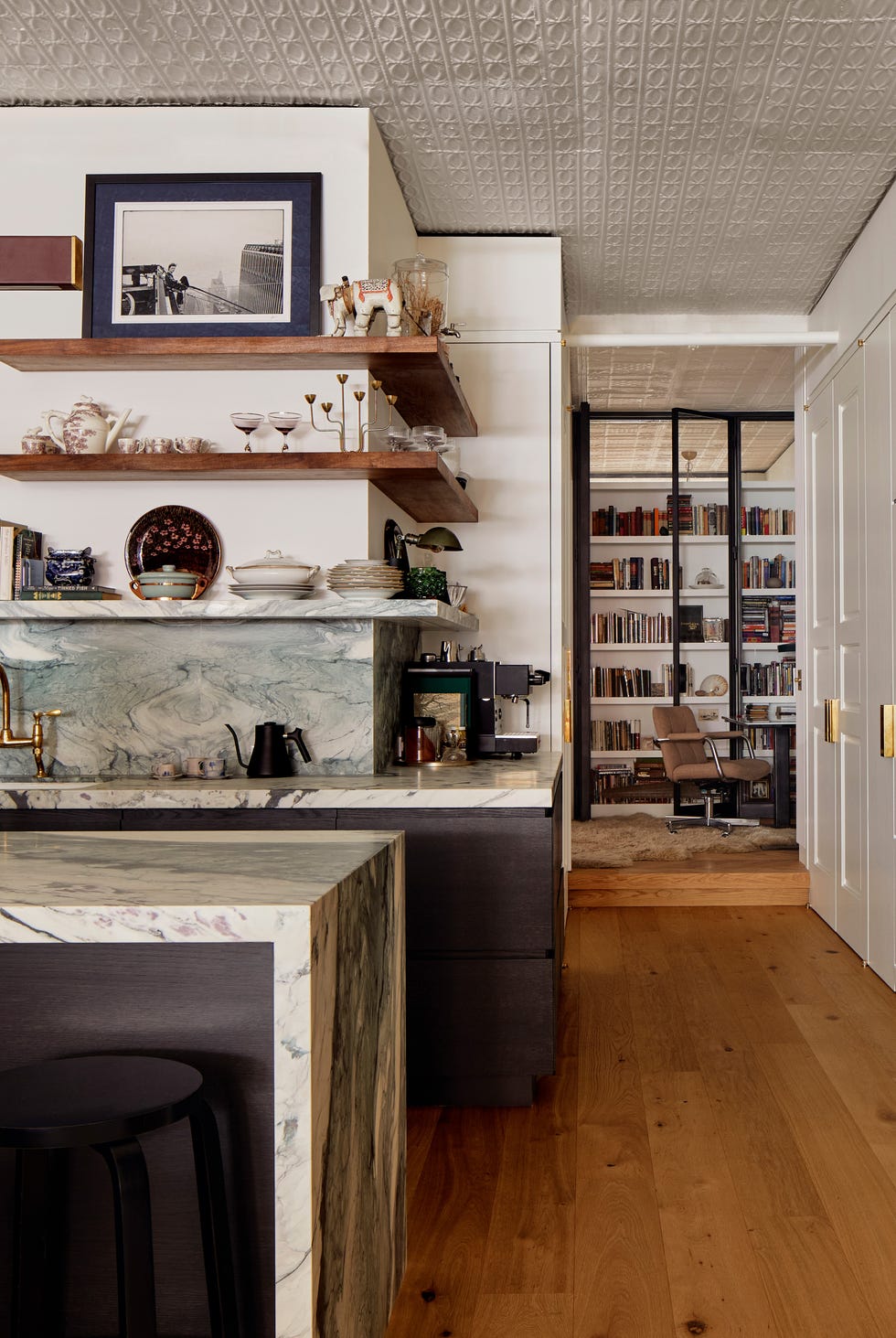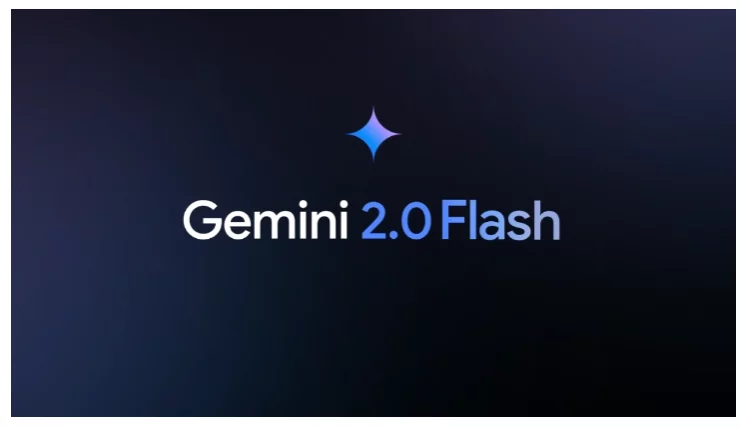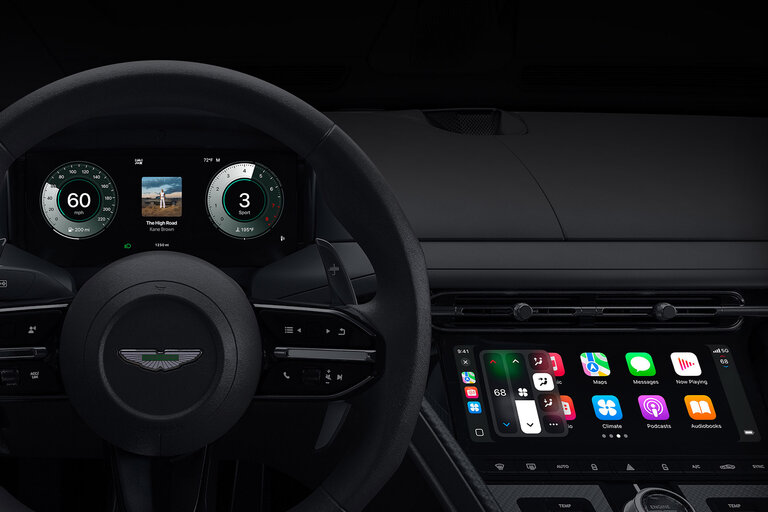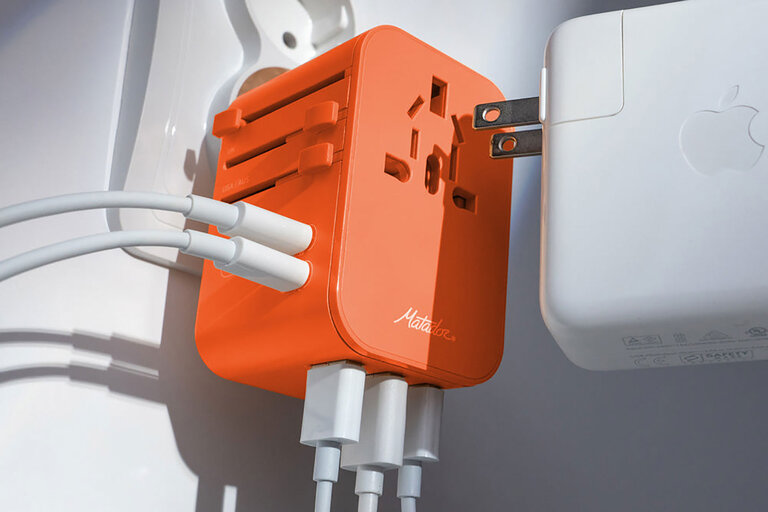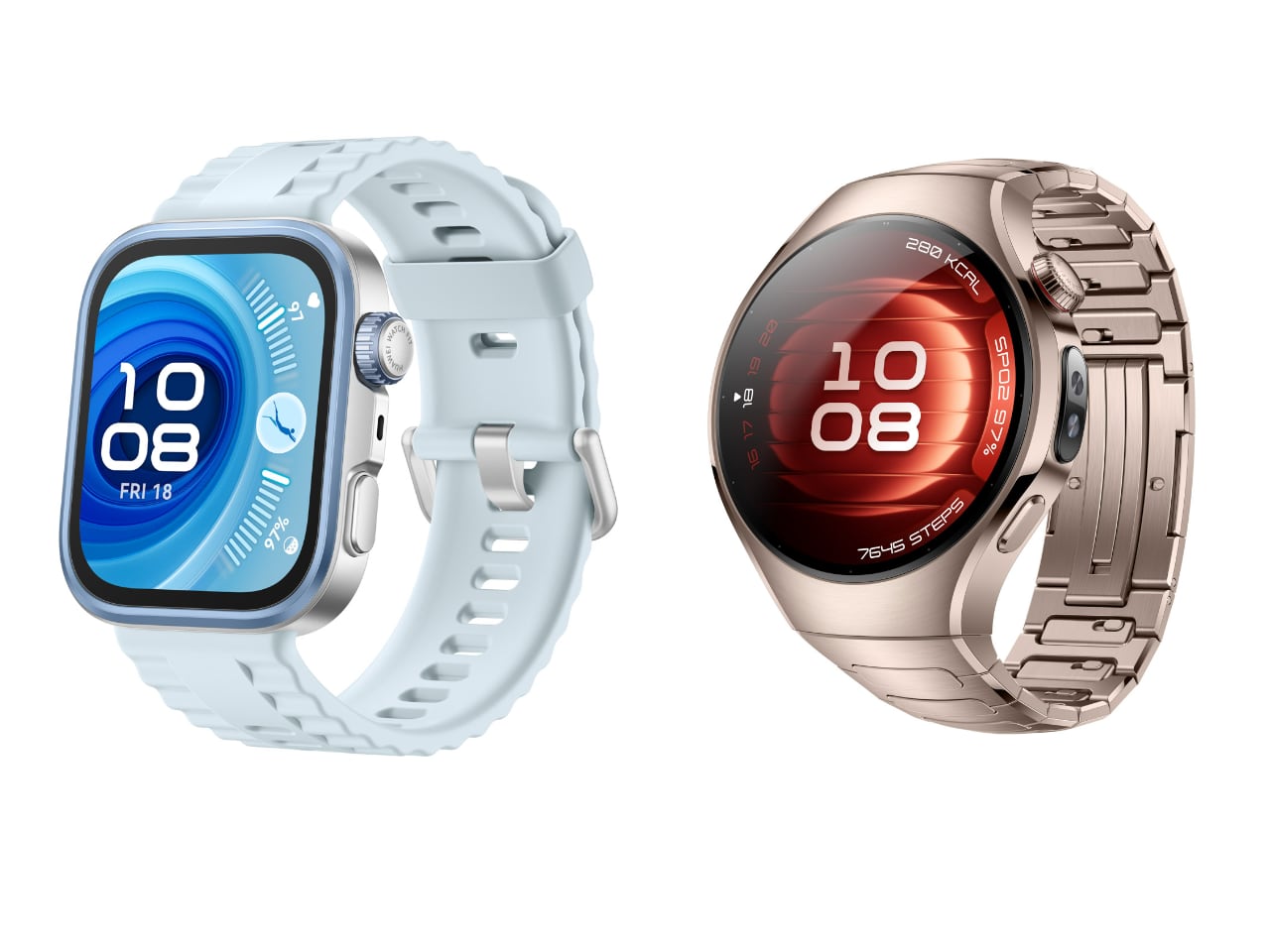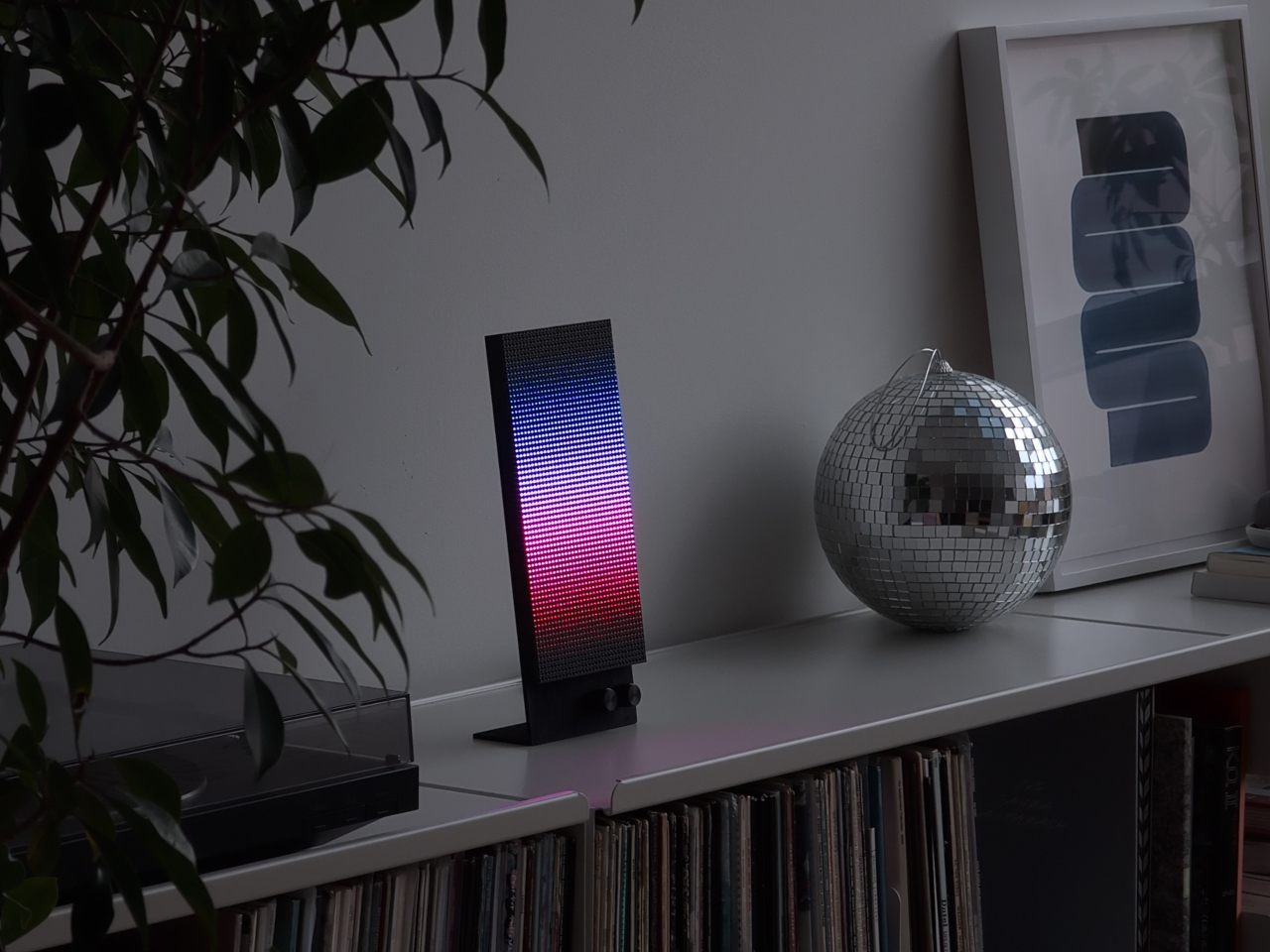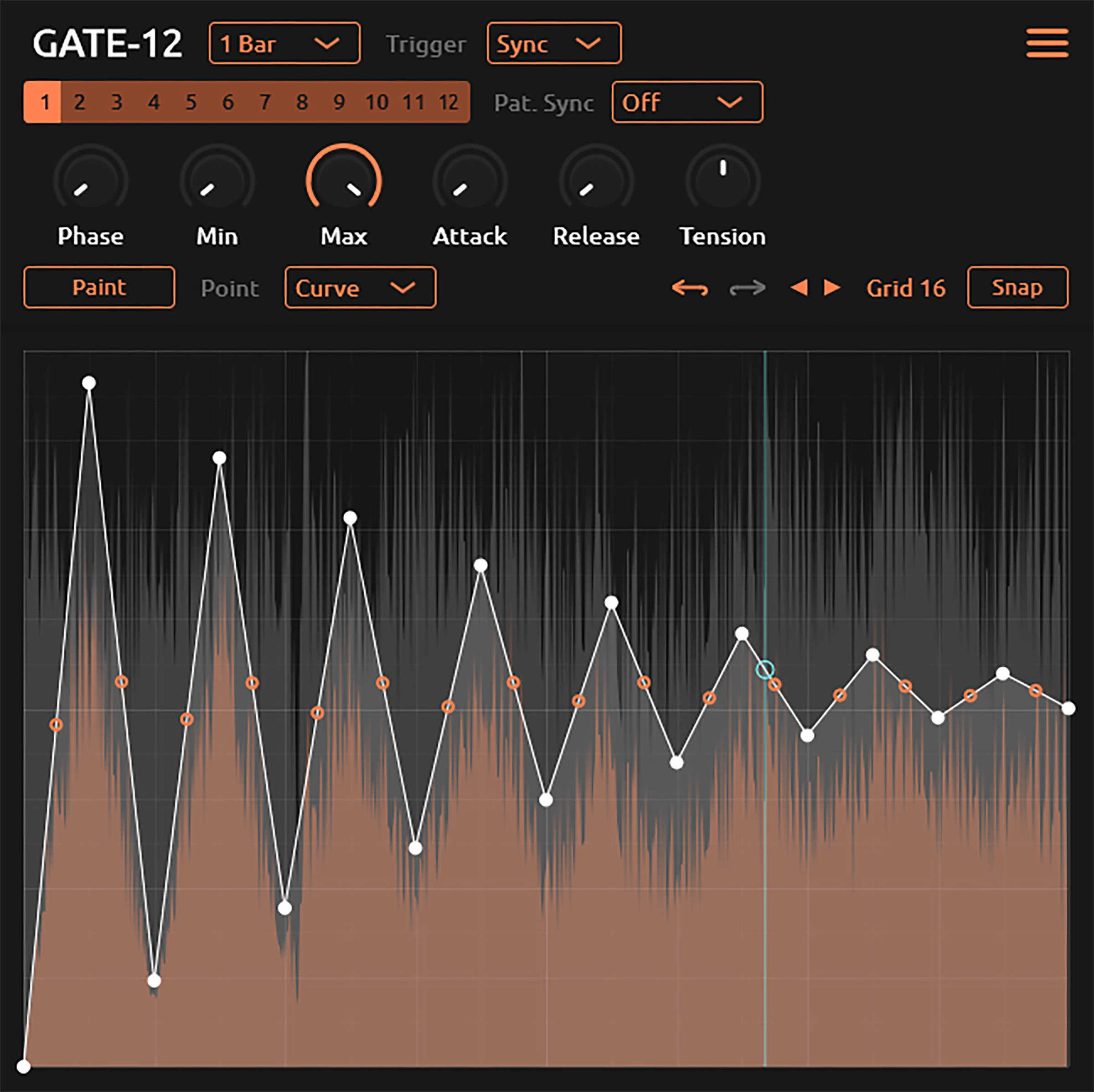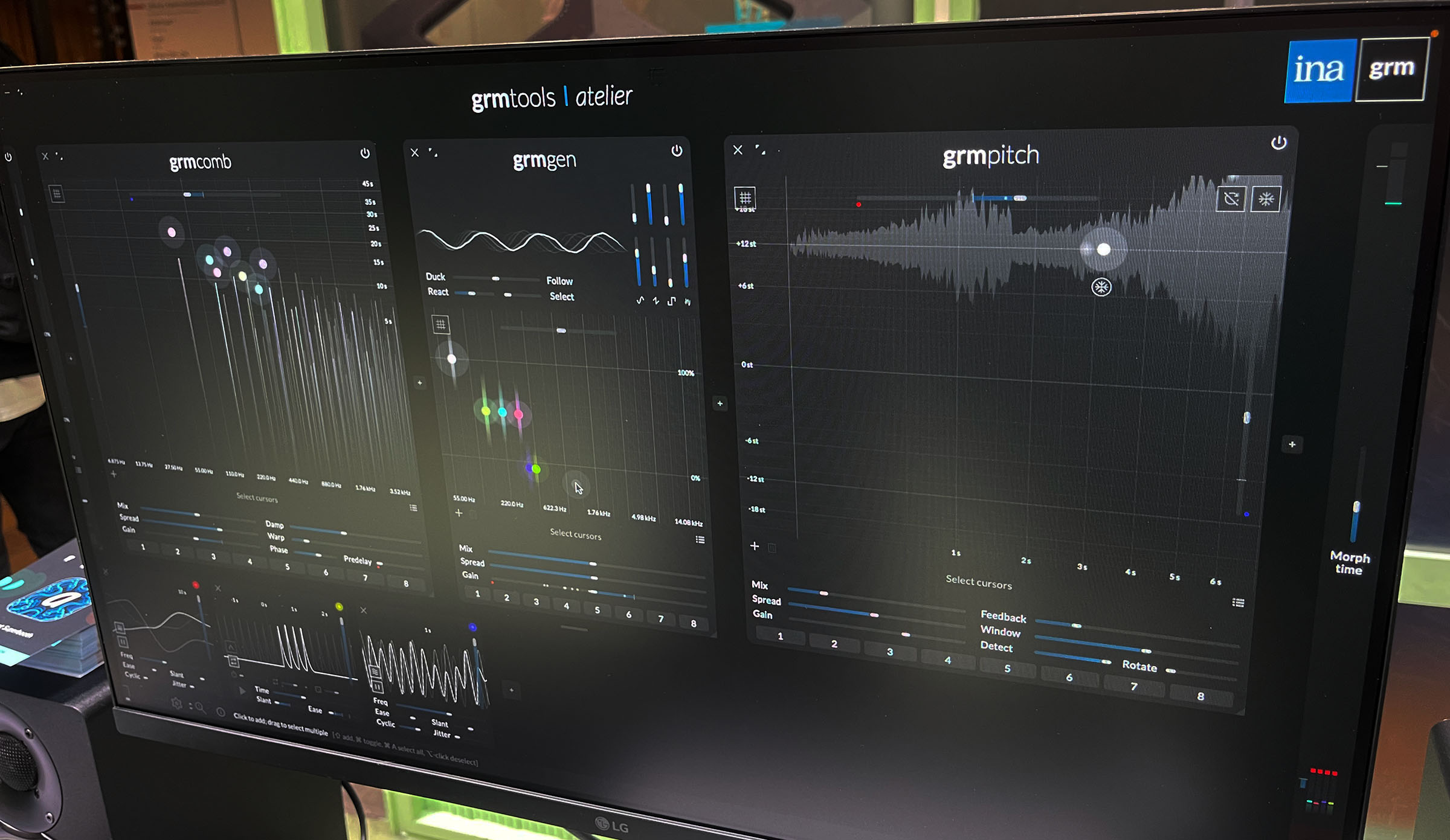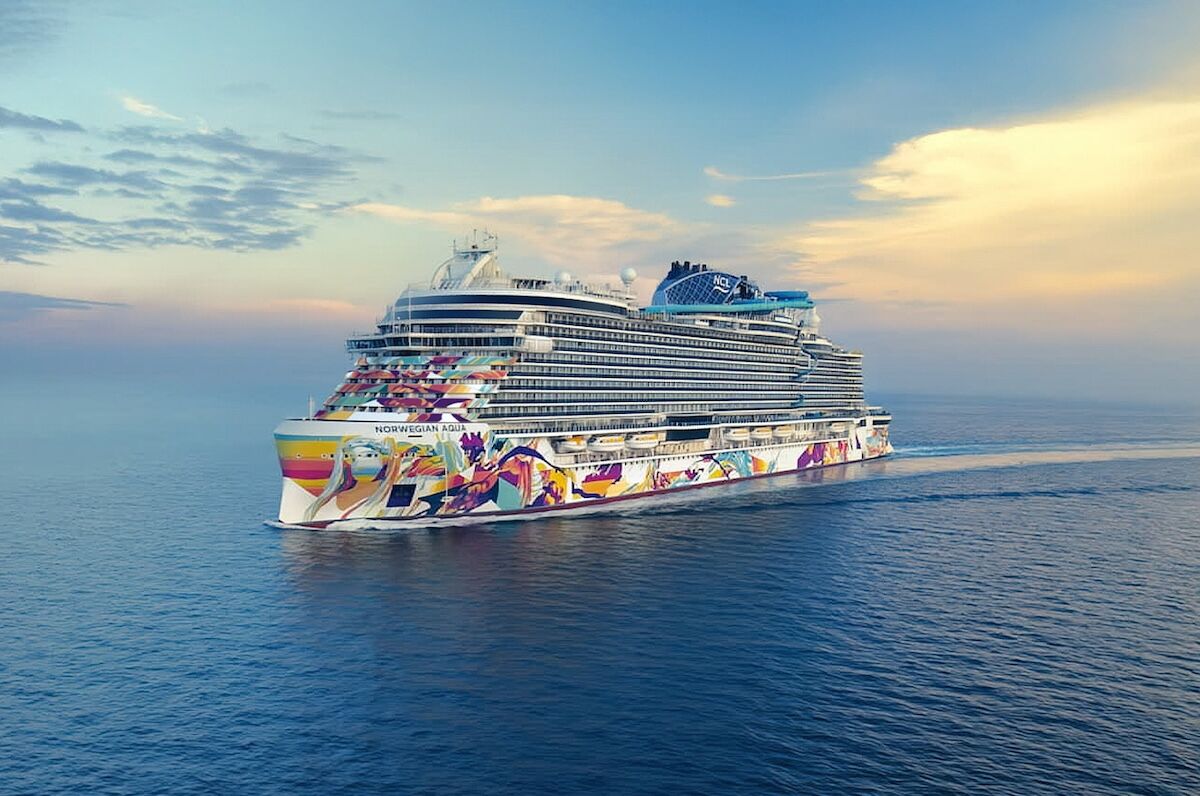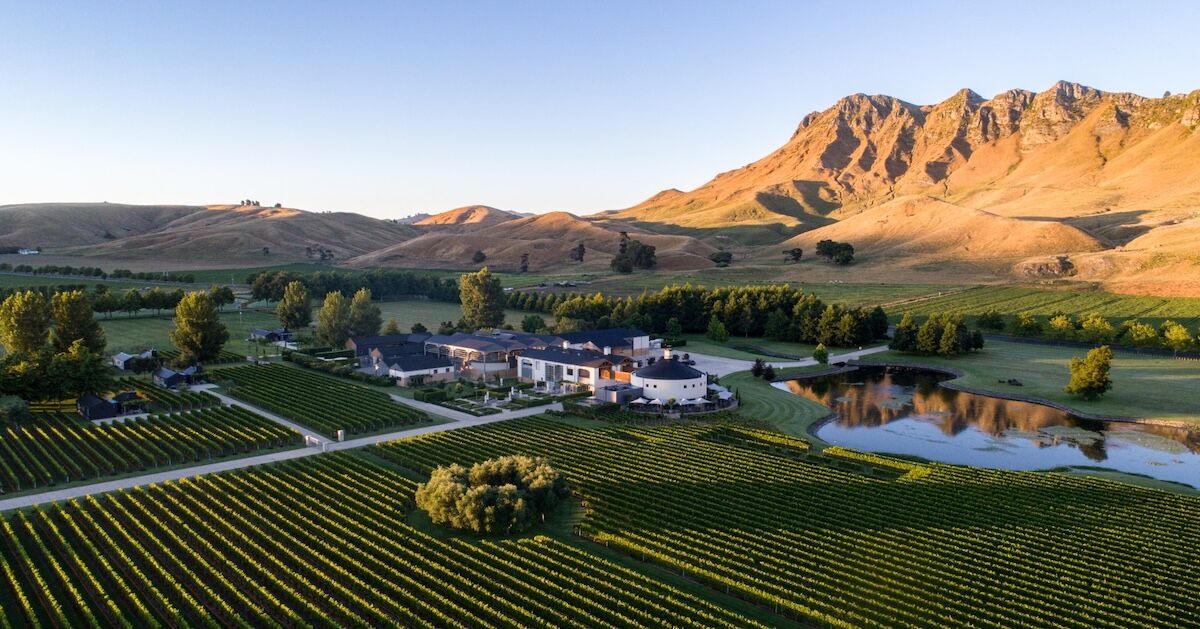Visiting the Great Wall of China: Which Section Is Best?
What to know about three sections closest to Beijing.
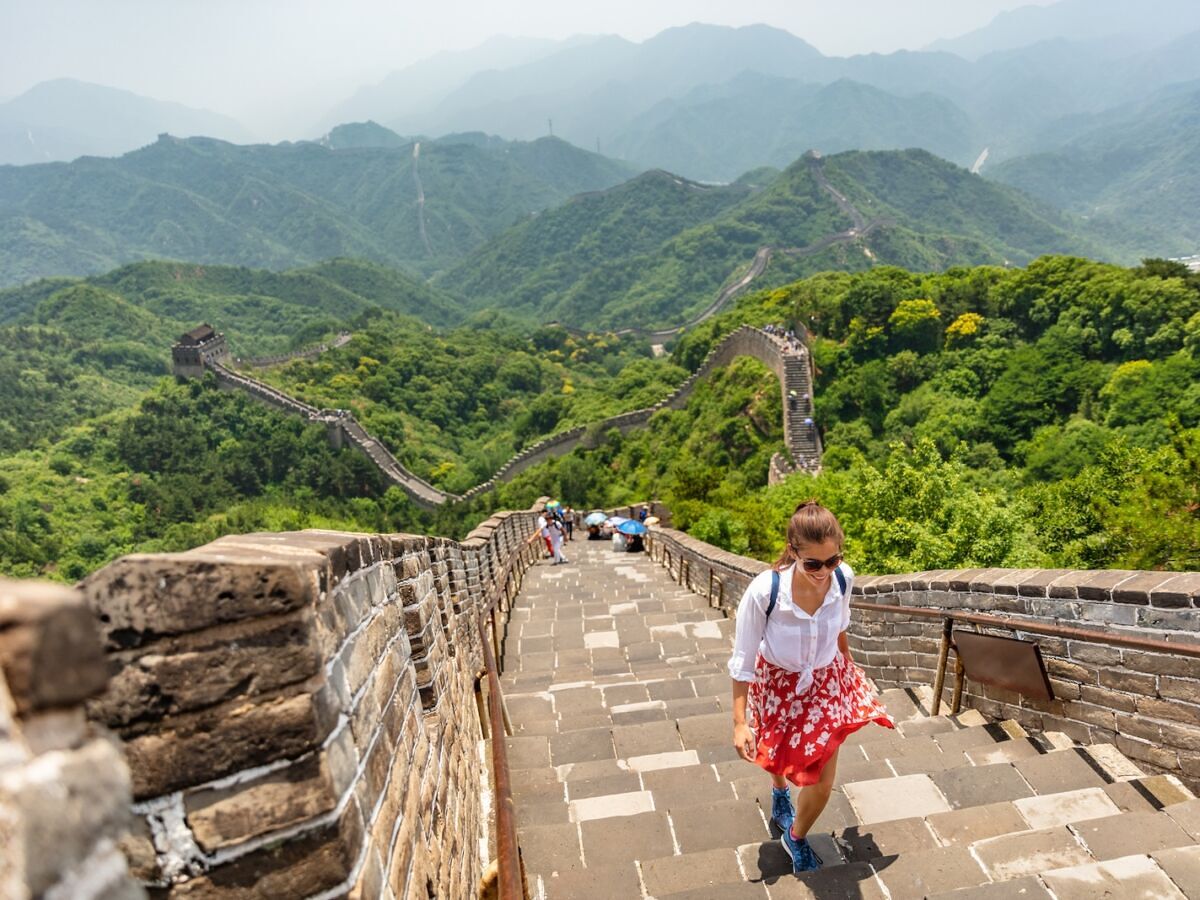
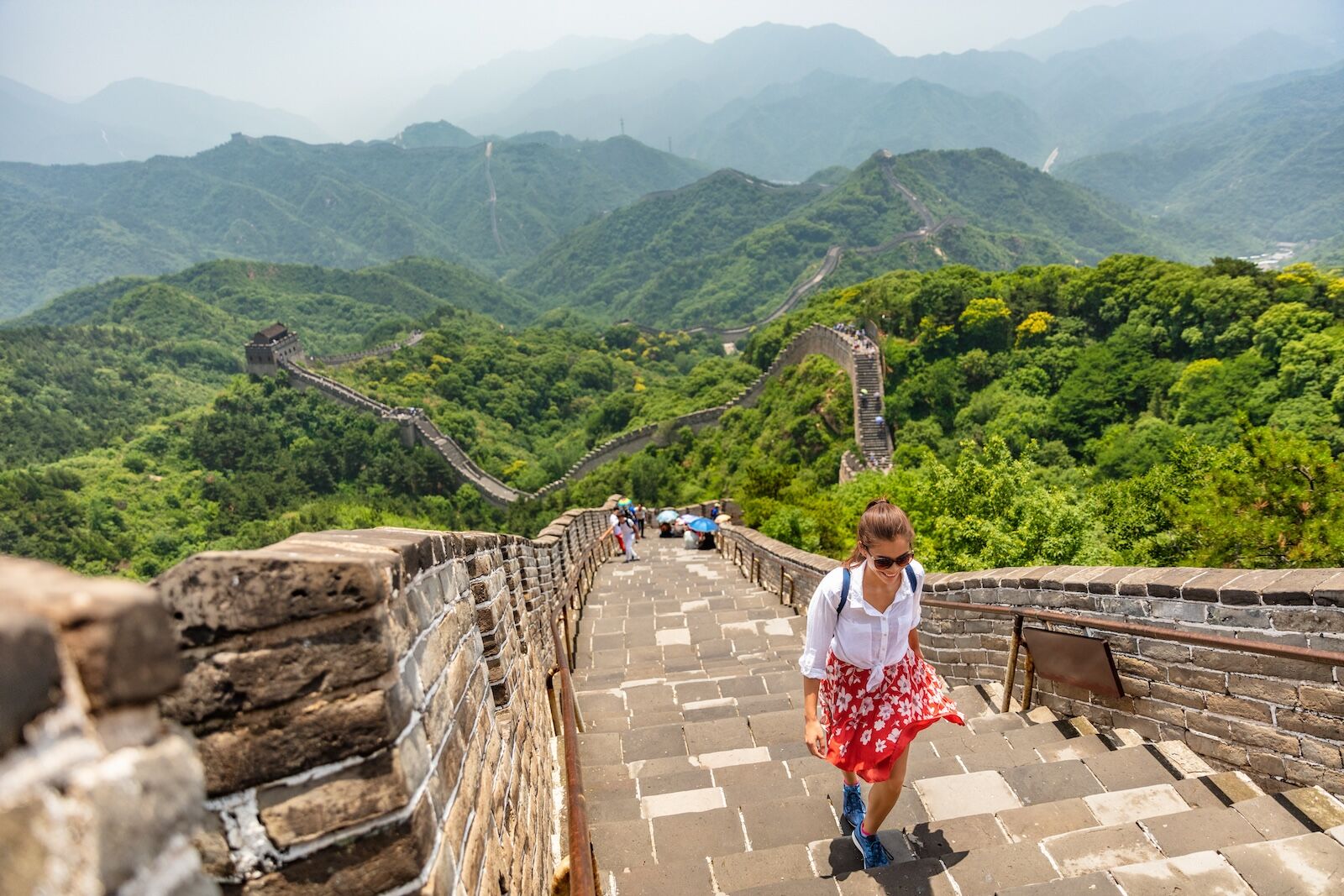
For most travelers, seeing the Great Wall of China for the first time is a “Pinch me – is this real?” type of moment. Though you can’t actually view the 2,000-year-old, 13,000-mile-long fortification from space, as is often incorrectly reported, the ancient Asian barrier is still a really big deal.
The Great Wall of China is one of the New Seven Wonders of the World. It’s arguably the continent’s most famous, and potentially most iconic, landmark. If stretched across the United States, the Great Wall could span the distance from coast to coast nearly five times.” In other words, it lives up to its name.
So what’s the easiest way to see it? Well, none are quite easy. But it’s probably easier than you think (and definitely worth it).
Know before you go
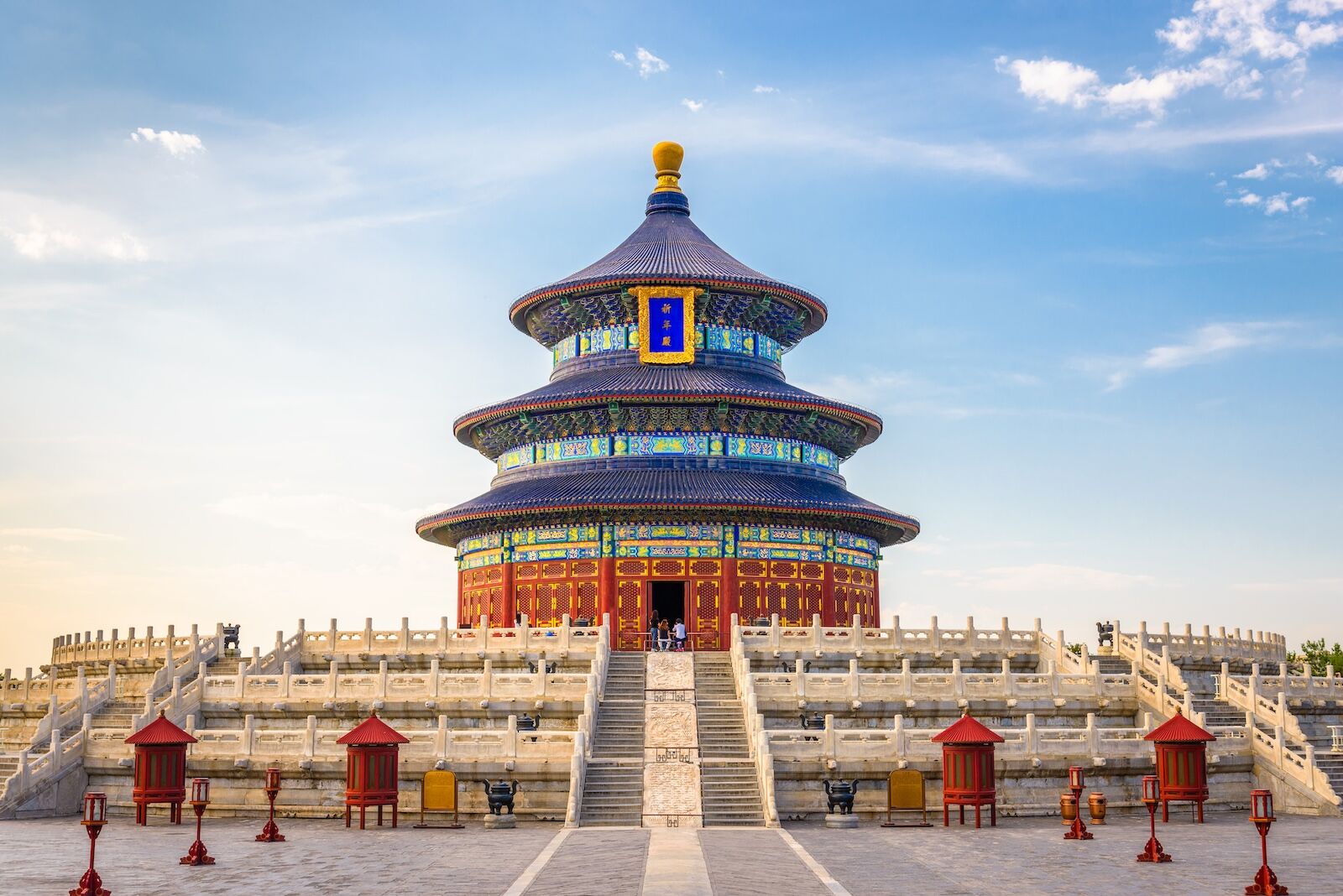
Photo: Sean Pavone/Shutterstock
To see the Great Wall of China, there’s no better starting point than Beijing, the political, educational, and cultural capital of China. To get there, you will need a visa. For Americans, this can be a confusing, costly ($140 per person), and paperwork-filled pain.
The recently launched free 10-day visa program for more than 60 nationals, including Americans, makes things a little easier. However, it rather oddly requires that you fly into an approved Chinese airport (Beijing included) via an approved third-party airport, such as Hong Kong or Seoul. That makes the 10-day visa program not an option if you’re taking a direct flight from a US airport, so it only works if you’re doing an extended, multi-stop trip through Asia.
In addition to some convoluted entry requirements, in China, you’ll be forced to navigate the Great Chinese Firewall, which the country uses to censor select digital communications and technology, mostly from the West. That means no Google, Gmail, or American social media when in China, unless you download and use a VPN, or virtual private network. And even then, VPNs are known to work only some of the time. Not only does this make accessing your digital life difficult in China, it also limits your ability to find cool things to do and see in English on global mapping apps.
Thankfully, Apple Maps works in China – but many apps from home will not. To get around this, you can do most of your bookings in advance, including hotels, on Trip.com, WeChat, Viator, or Get Your Guide. On the ground, you can rely on apps like DiDi (China’s Uber), WeChat, and Alipay to make purchases with uploaded Visa or Mastercard cards. Apps like Baidu Translate can also be helpful for overcoming communication breakdowns, and the Beijing Subway app is helpful for planning public transportation.
In short, confirmed visas and localized travel apps are a must before traveling to the Great Wall.
Which section of the Great Wall of China is best?
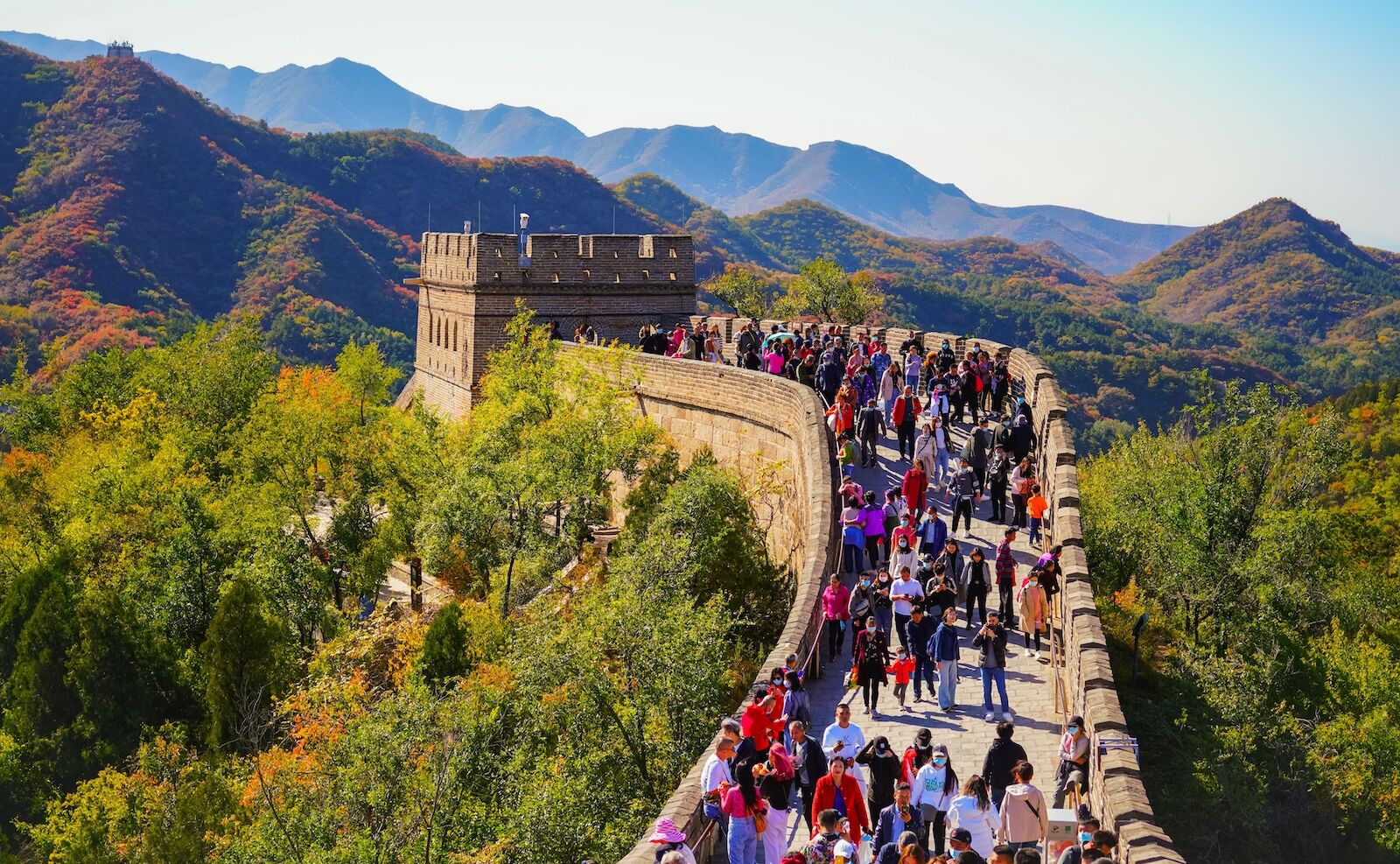
Photo: Javen/Shutterstock
From Beijing, you can access eight sections of the Great Wall. While each has its own unique appeal and is well preserved, there are three standout sections that rank highest in terms of popularity and visitor ratings: Badaling, Mutanyu, and Jinshanling.
Badaling is by far the most popular. As the closest to Beijing, it’s extremely crowded, and usually overrun by Chinese locals, given that it’s the most accessible by public transport. Though Badaling is home to a large, castle-like fortress and is one of the more easily walked sections, Badaling isn’t the best choice for first-time or foreign visitors (or any visitors). The crowds seriously detract from the experience, and the other two standout sections are much more scenic and just as well preserved, with equally accommodating facilities.

The Jinshanling section of the Great Wall of China. Photo: hecke61/Shutterstock
Some 45 miles from downtown Beijing, Mutianyu is noticeably less busy than Badaling and increasingly popular among foreigners. It’s reachable from Beijing in about 90 minutes by car or bus and two hours by public transportation, making it only 30 minutes further than Badaling. Mutianyu is easily walked, great for families with kids, and arguably the most fun section of the wall, thanks to the toboggan slide, chairlift, and cable car. It’s also greener, thanks to the surrounding vegetation.
Jinshanling is the most beautiful, secluded, and photogenic section of the wall, but it takes more than two hours by car or even longer by city bus to reach it. However, your reward for doing so is peace, quiet, and arguably the best hiking of any section of the wall. Jinshanling’s views, ornate architecture, and tranquility are all incredible and likely what travelers picture in their mind when thinking of the Great Wall of China.
To use a guide – or not

Photo: Maridav/Shutterstock
You can easily visit the Great Wall of China on your own, but you’ll find lots of guided tours available, too. Guides handle all logistics, including transportation, tickets, and sometimes meals, which is especially helpful if you don’t speak Mandarin or want to avoid the hassle of navigating public transportation. Guides can also provide more in the way of historical context, stories, and cultural insights that you may miss on your own. And if you’re visiting a more “wild” section further out, like Jiankou, guides can help you avoid some of the more impassable areas.
Self-guided visits are entirely feasible and popular, especially for well-developed sections like Mutianyu and Badaling. Going without a guide gives you maximum flexibility for setting your own pace, lingering as long as you want, and deciding spur-of-the-moment how far to stroll. It’s also more affordable, as you’ll pay just entry fees and transportation, not guiding fees or tips. But you’ll need to do more planning, including figuring out your transportation in advance and buying tickets on site. And remember to download a map or route in advance, especially if you’re used to relying on Google Maps and Wi-Fi everywhere you go. ![]()




















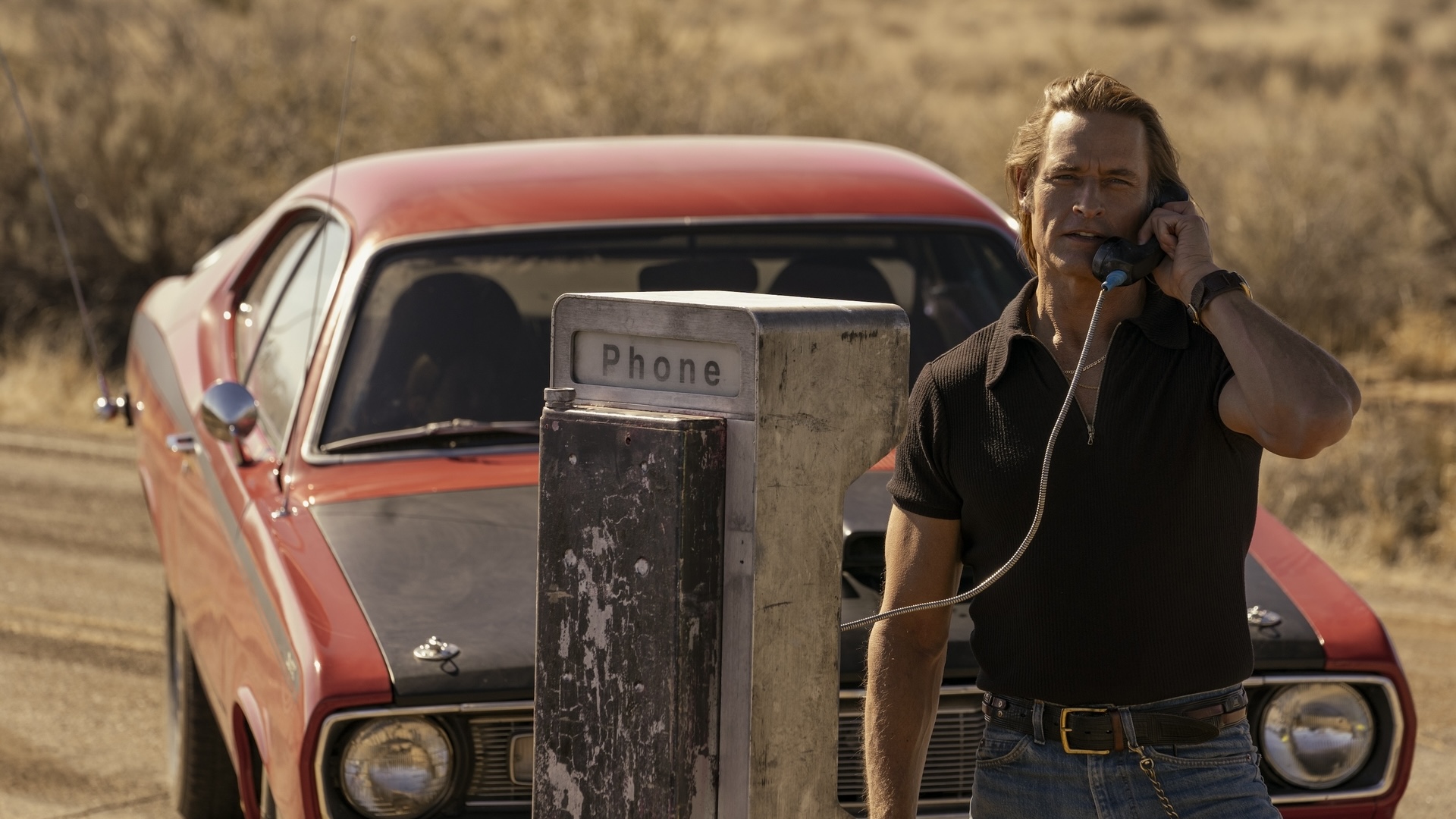








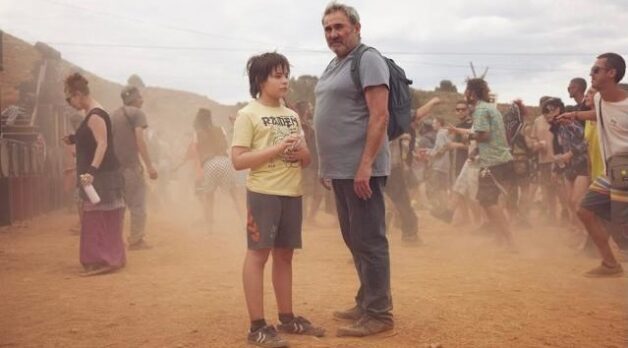























![Pieces of Masterpieces [MEDEA & SUNDAY]](https://jonathanrosenbaum.net/wp-content/uploads/2011/04/medea.jpg)

![Invitation to the Trance [SLEEPWALK]](https://jonathanrosenbaum.net/wp-content/uploads/2010/01/sleepwalk2.png)
![Real Horror Shows [EYES WITHOUT A FACE & THE KINGDOM]](https://jonathanrosenbaum.net/wp-content/uploads/2011/04/eyes-without-a-face-belgian-poster.jpg)

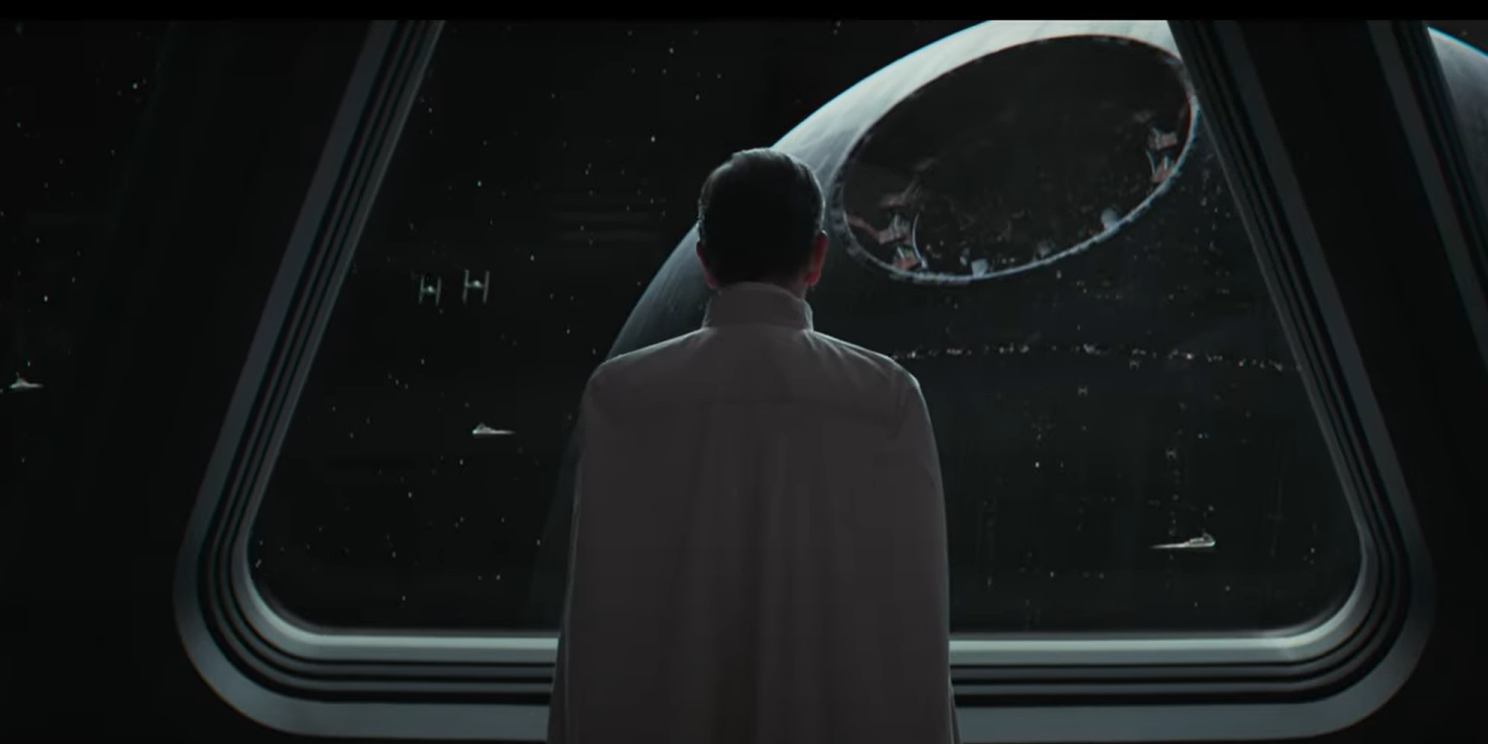




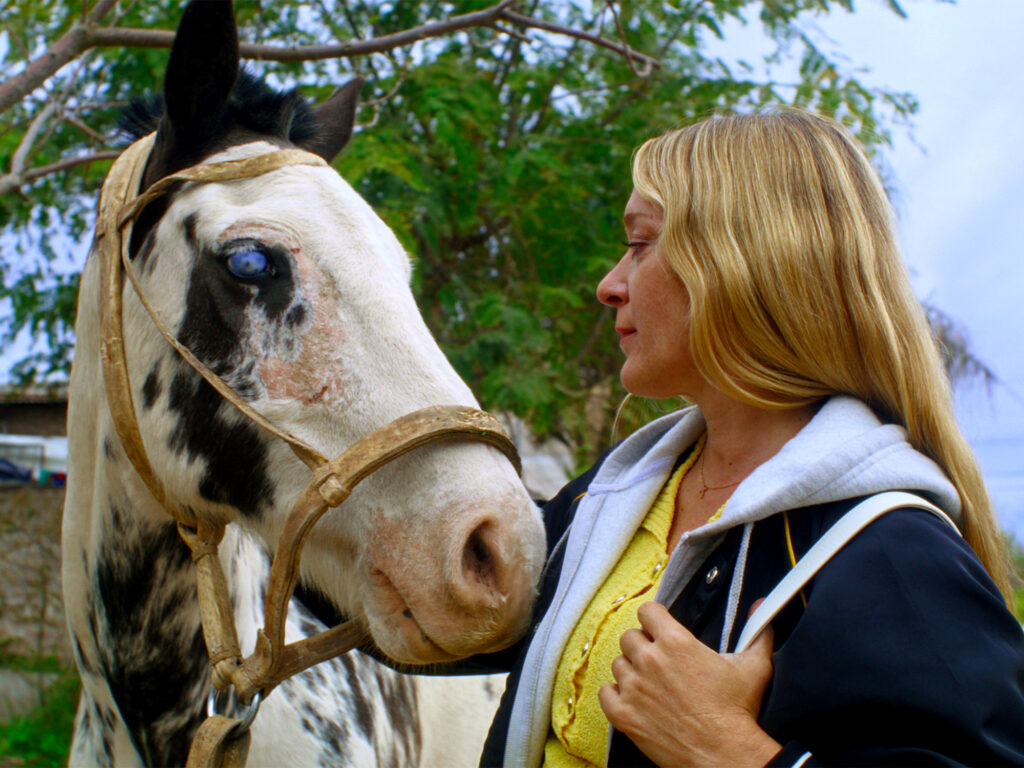

















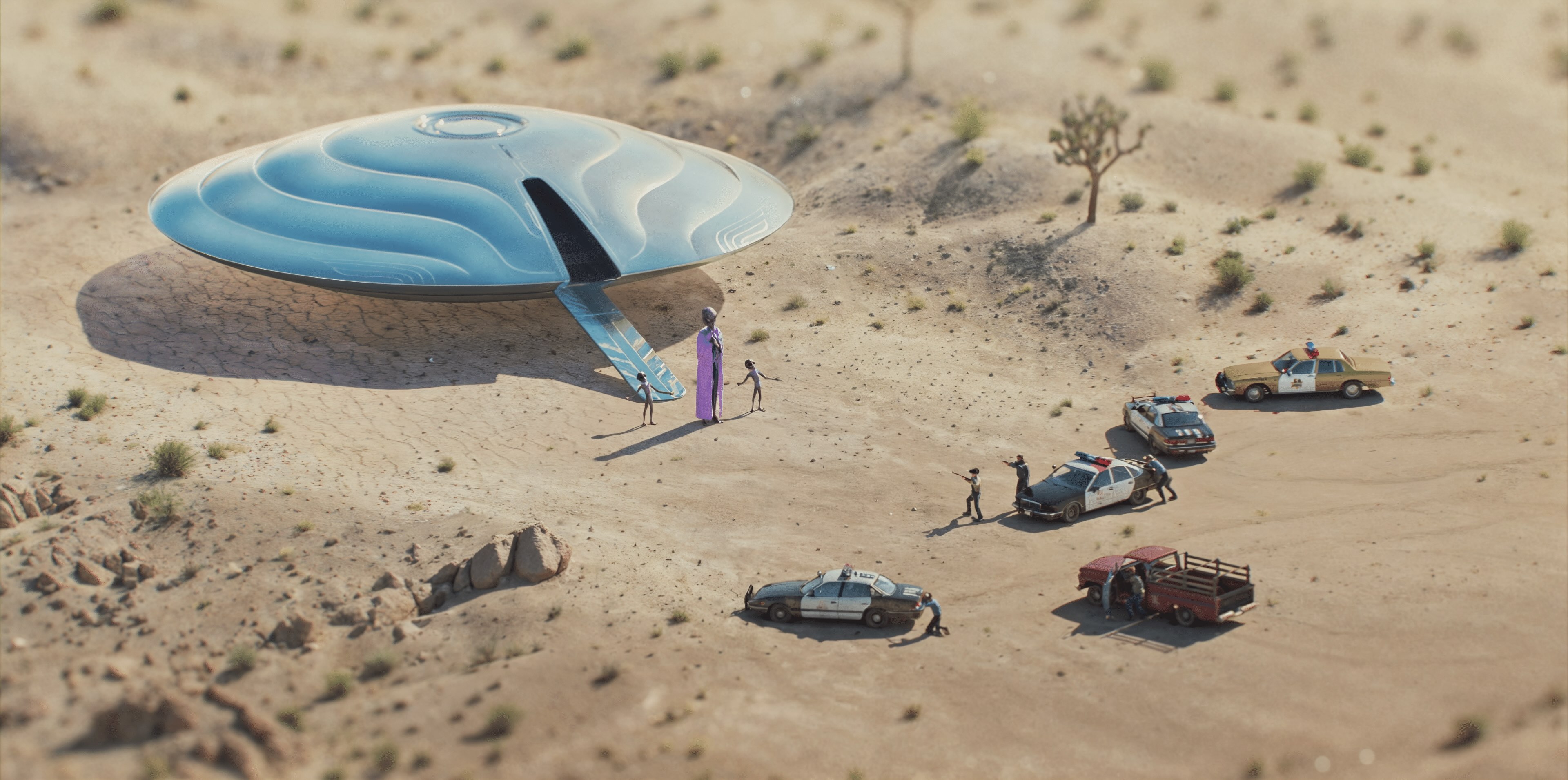






![The Perfect Actor Wants To Play Batman Villain Clayface [Exclusive]](https://www.slashfilm.com/img/gallery/the-perfect-actor-wants-to-play-batman-villain-clayface-exclusive/l-intro-1747323240.jpg?#)











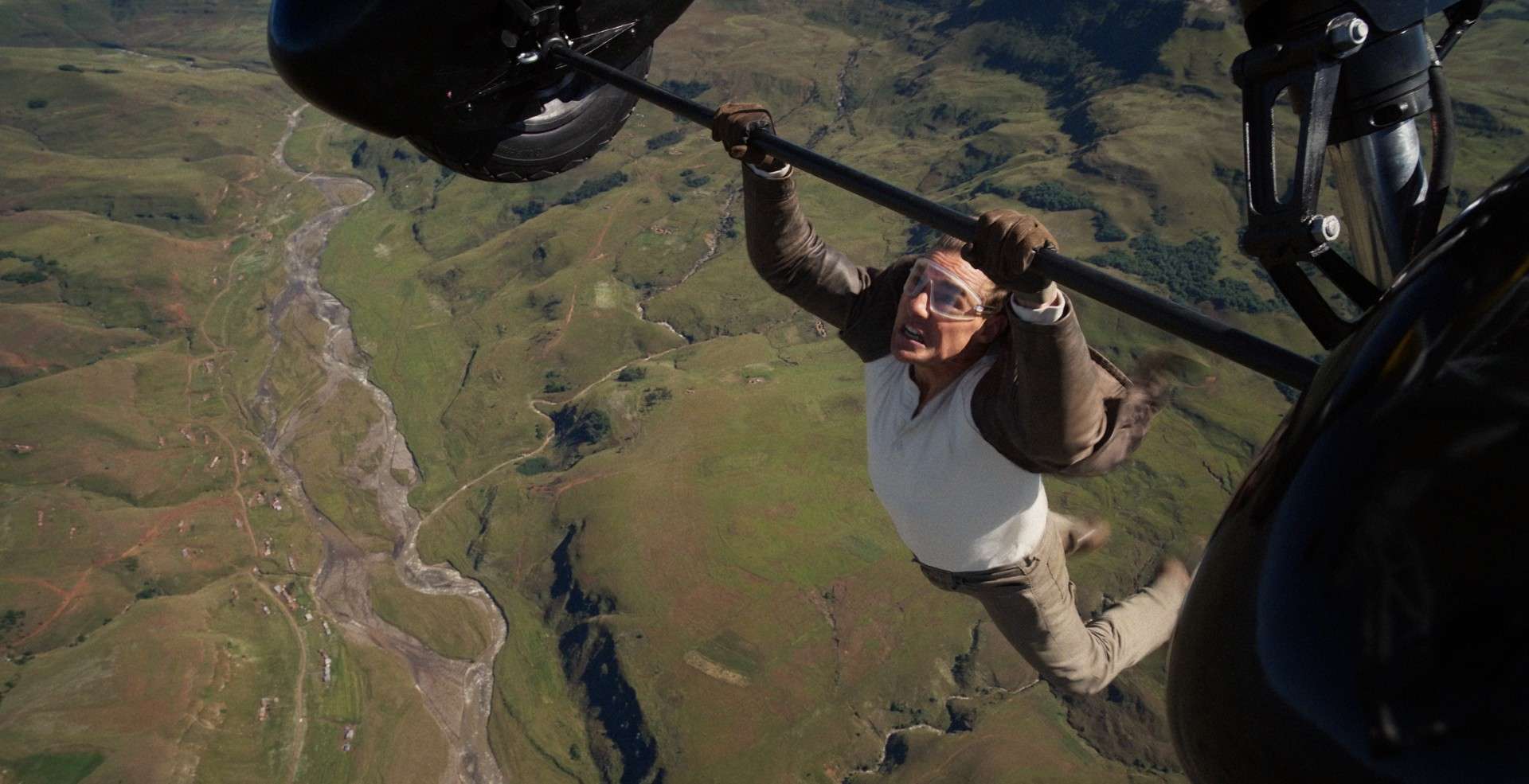
![‘The Last Class’ Trailer: American Economist Robert Reich Gets The Spotlight In New Education Documentary [Exclusive]](https://cdn.theplaylist.net/wp-content/uploads/2025/05/15115633/the-last-class-film.jpg)











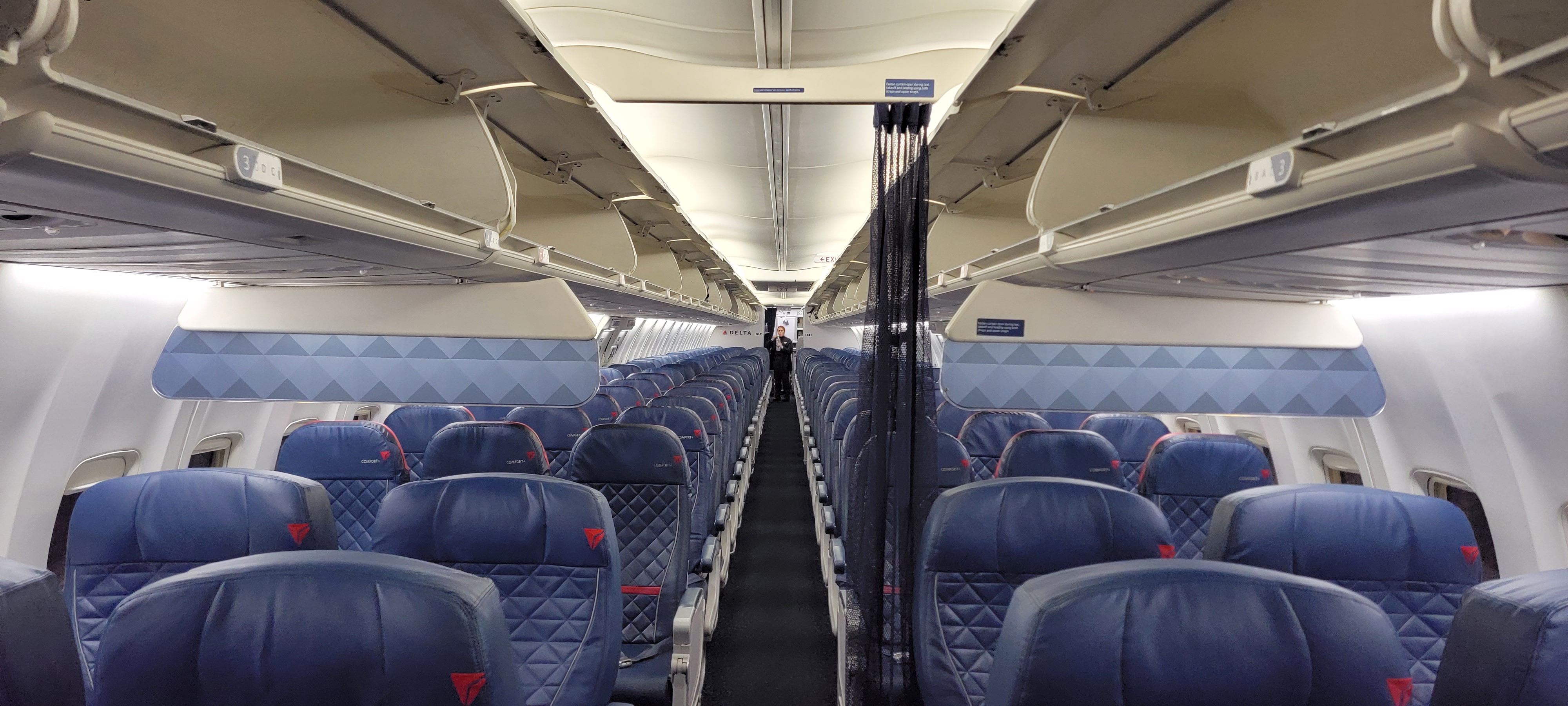













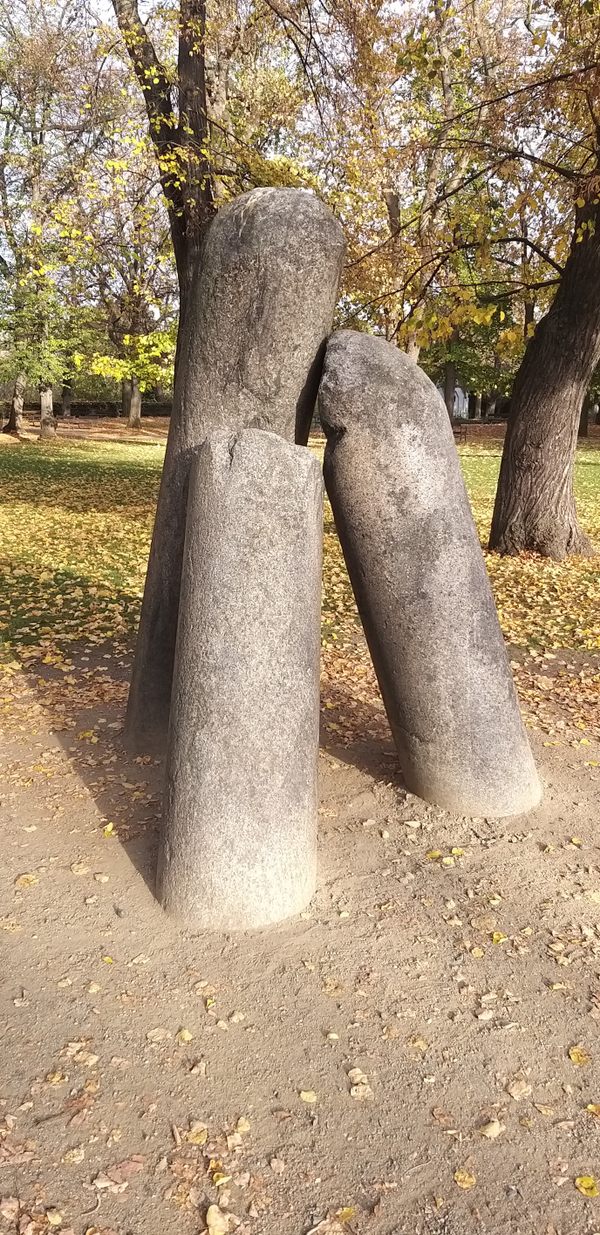


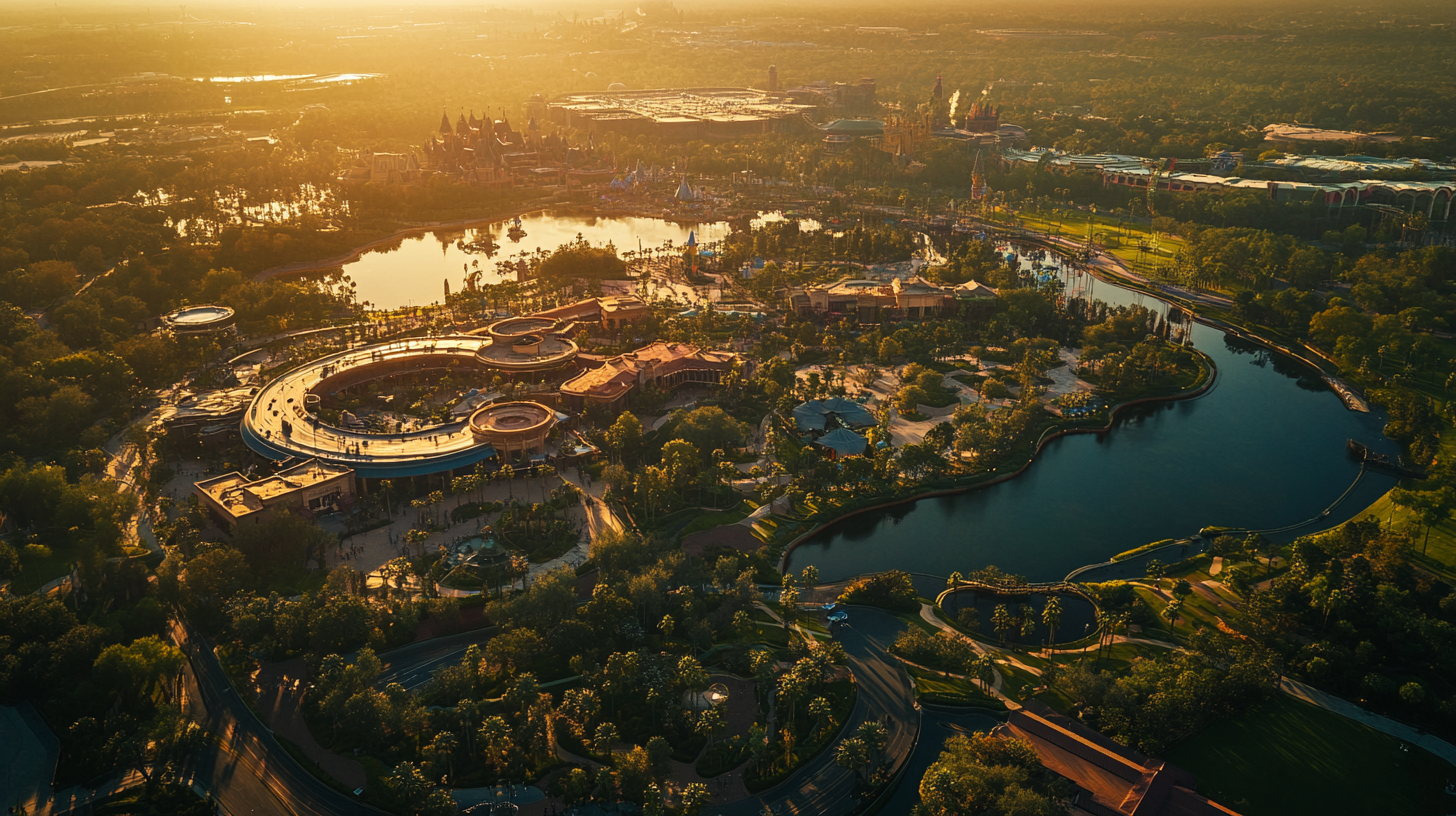






![[Expired] 100K Chase Sapphire Preferred Card offer](https://frequentmiler.com/wp-content/uploads/2025/04/100K-points-offer.jpg?#)
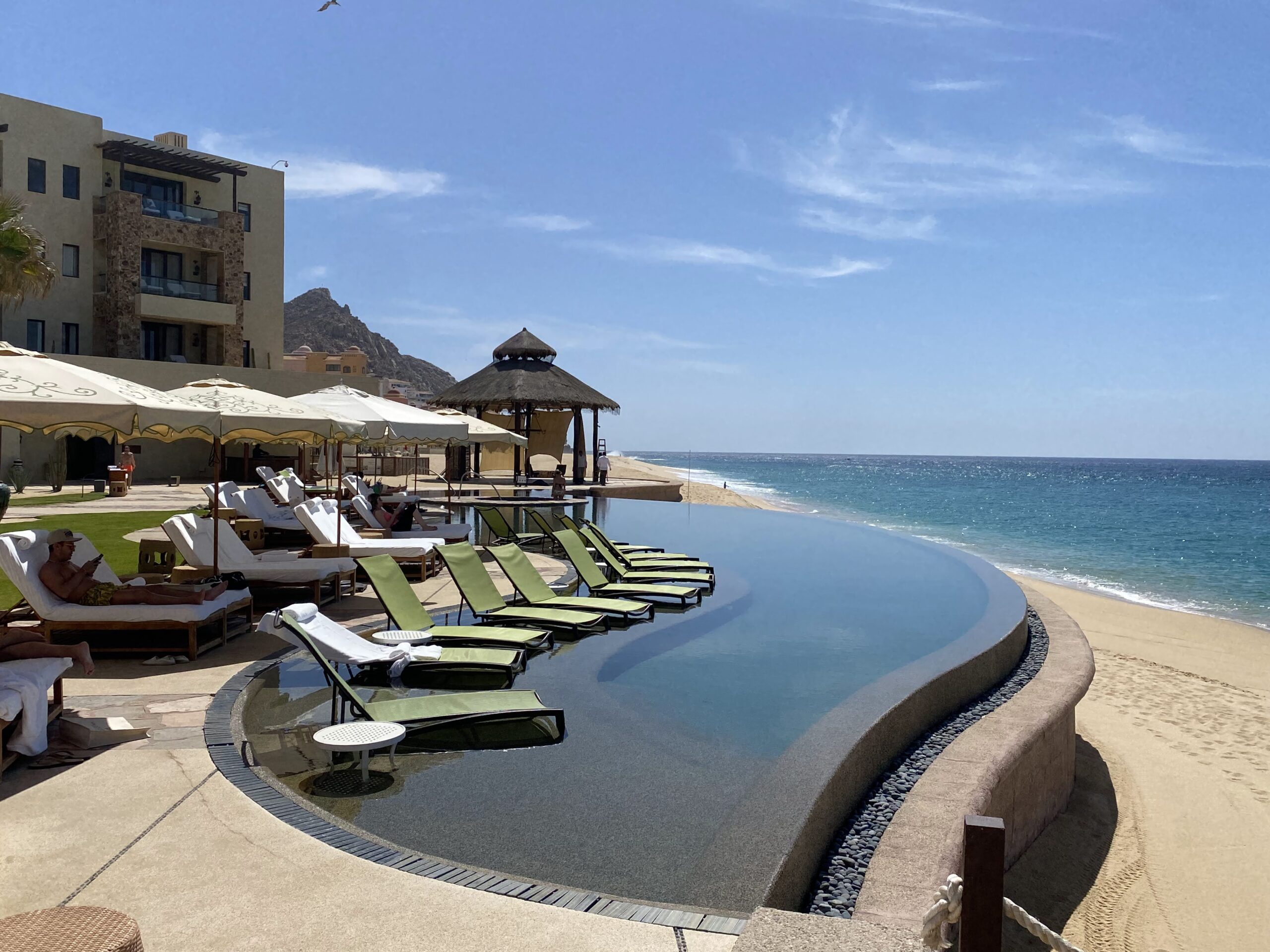
![[June / July ’25 added!] Baseball fans: Capital One once again has great seats for 5,000 miles each](https://frequentmiler.com/wp-content/uploads/2022/07/NY-Mets-seat-location-for-Capital-One-cardholder-seats.jpg?#)






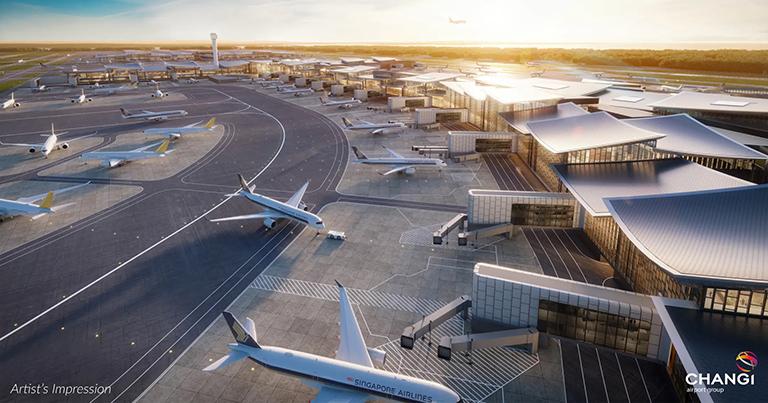
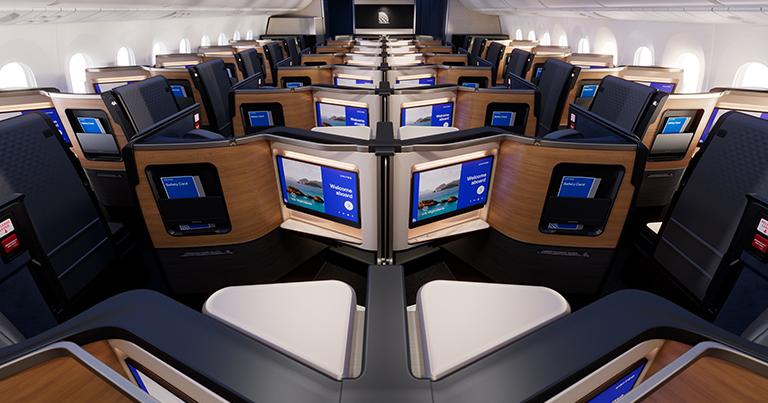



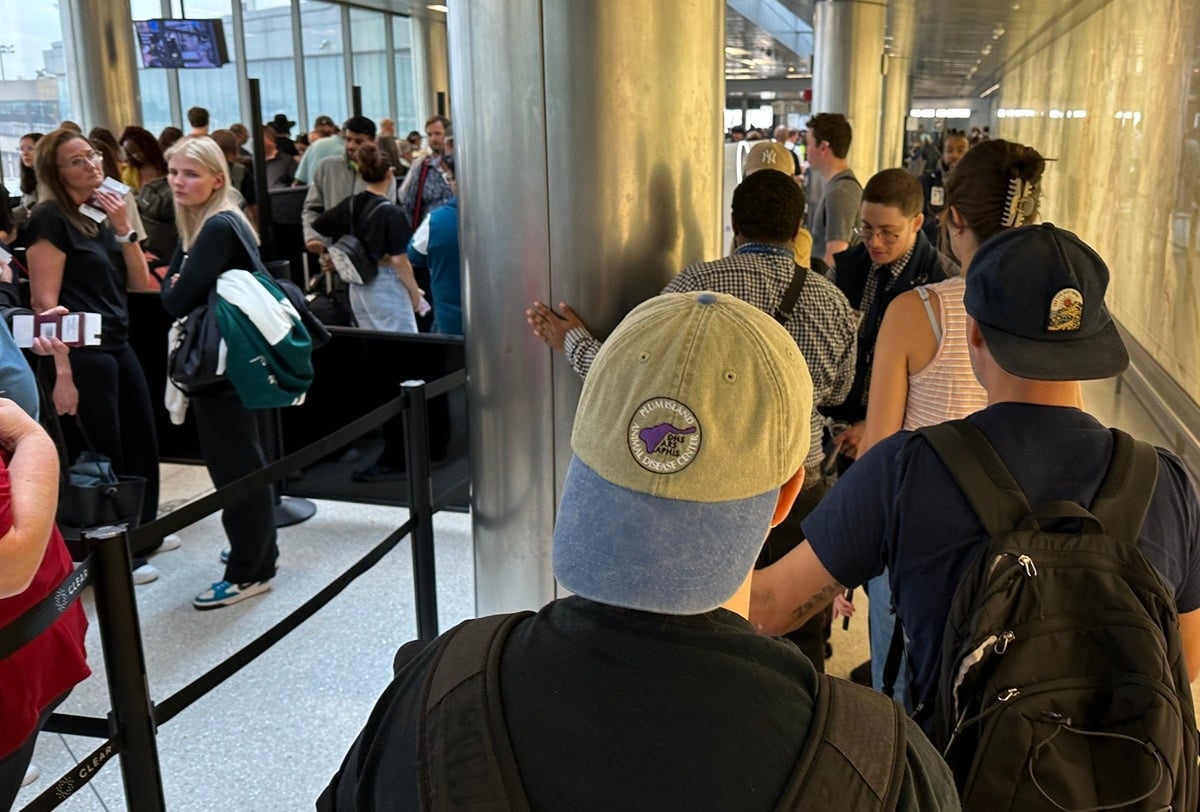











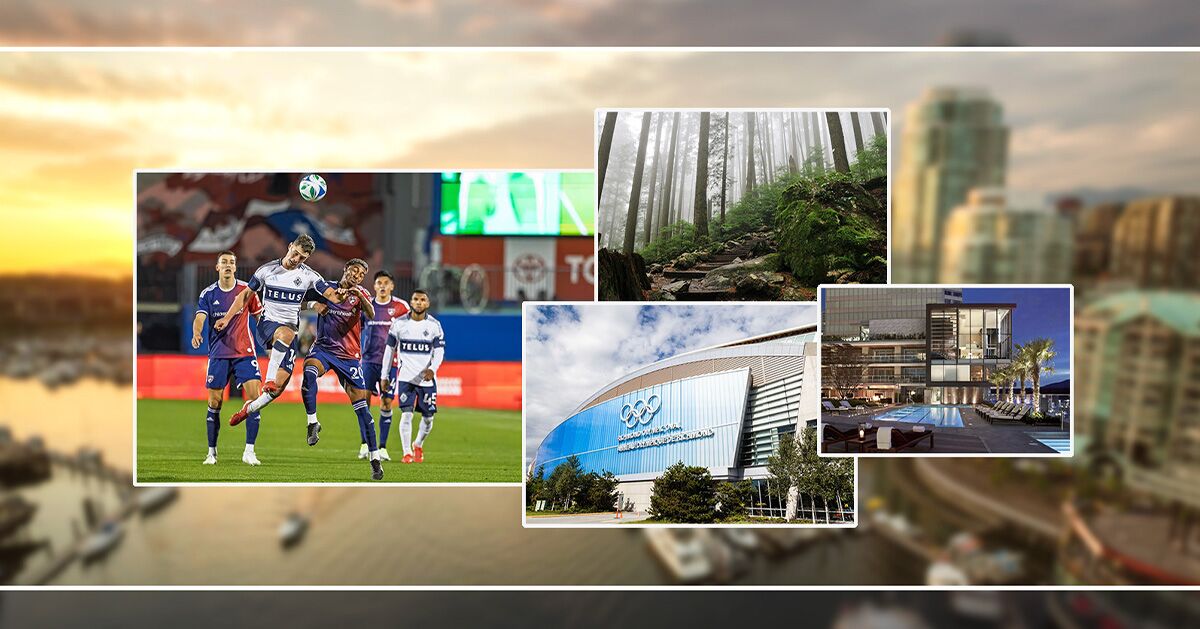







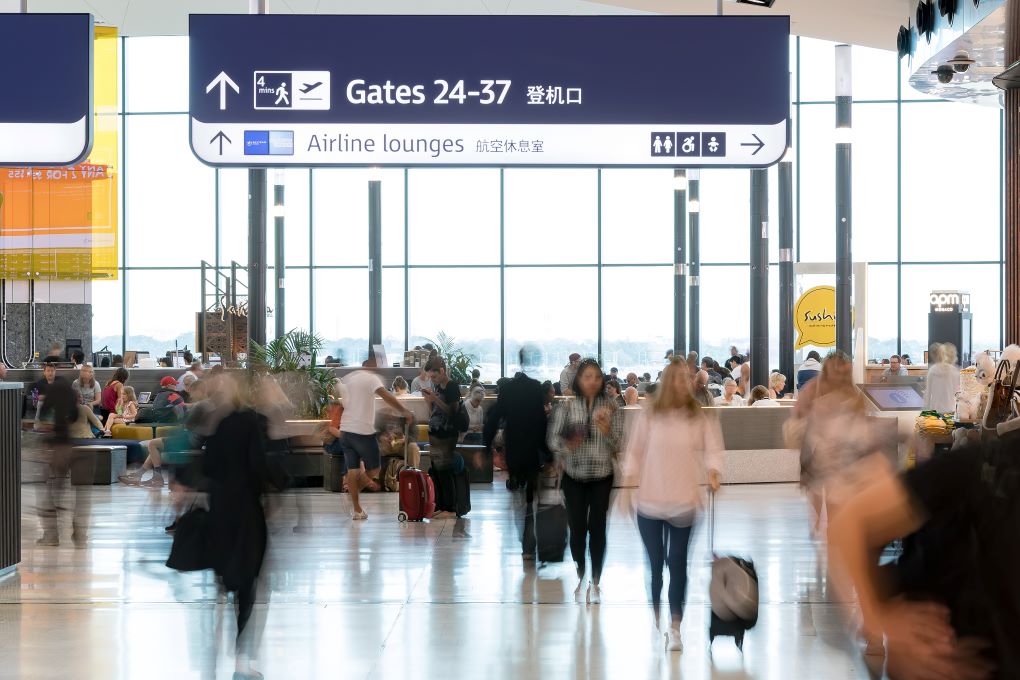





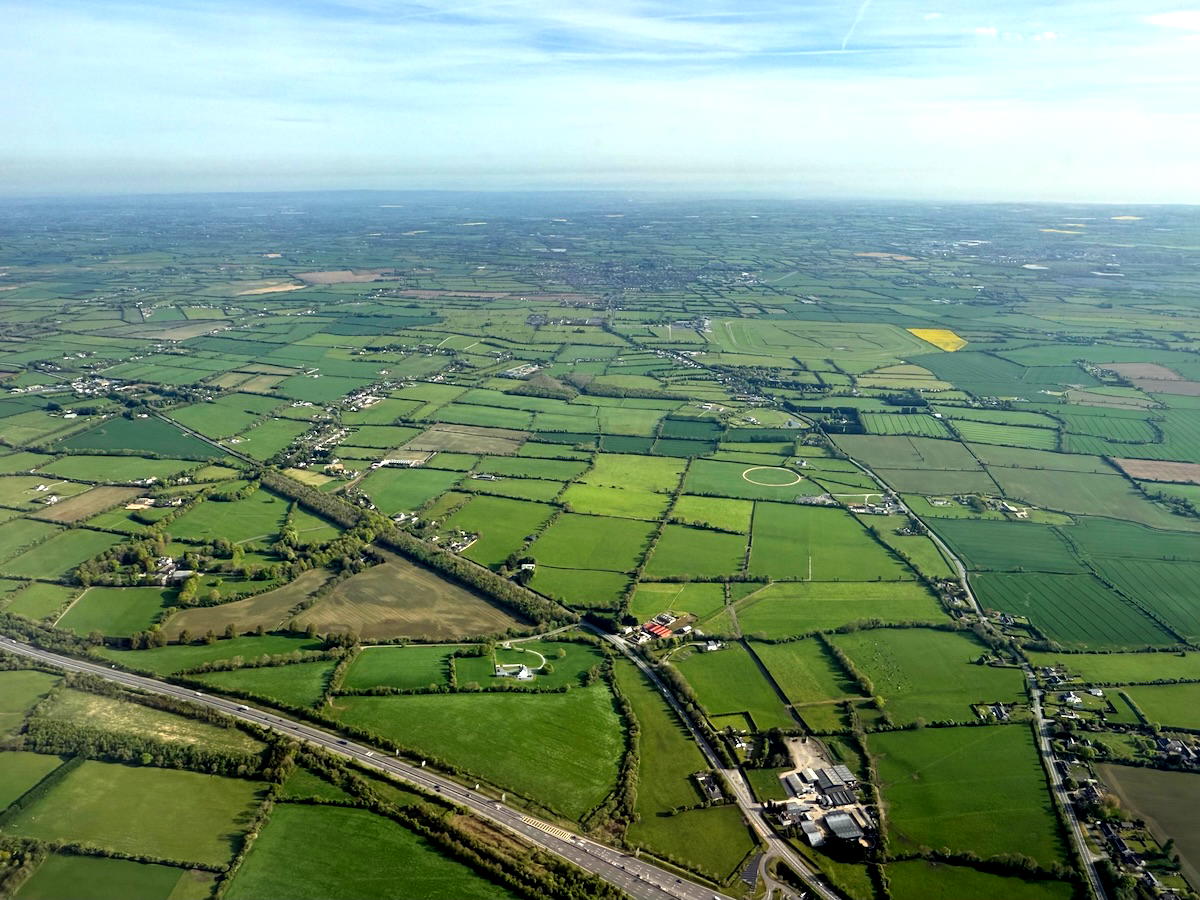

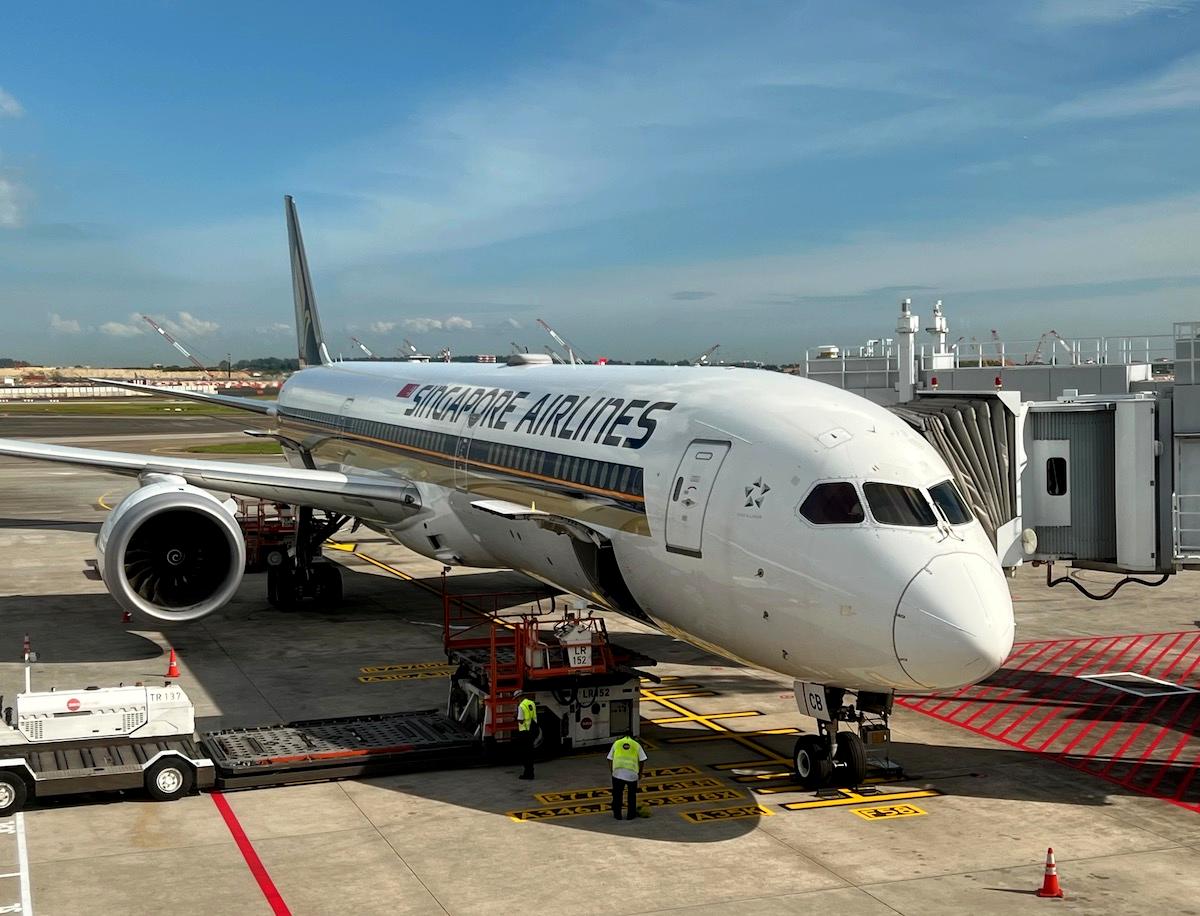

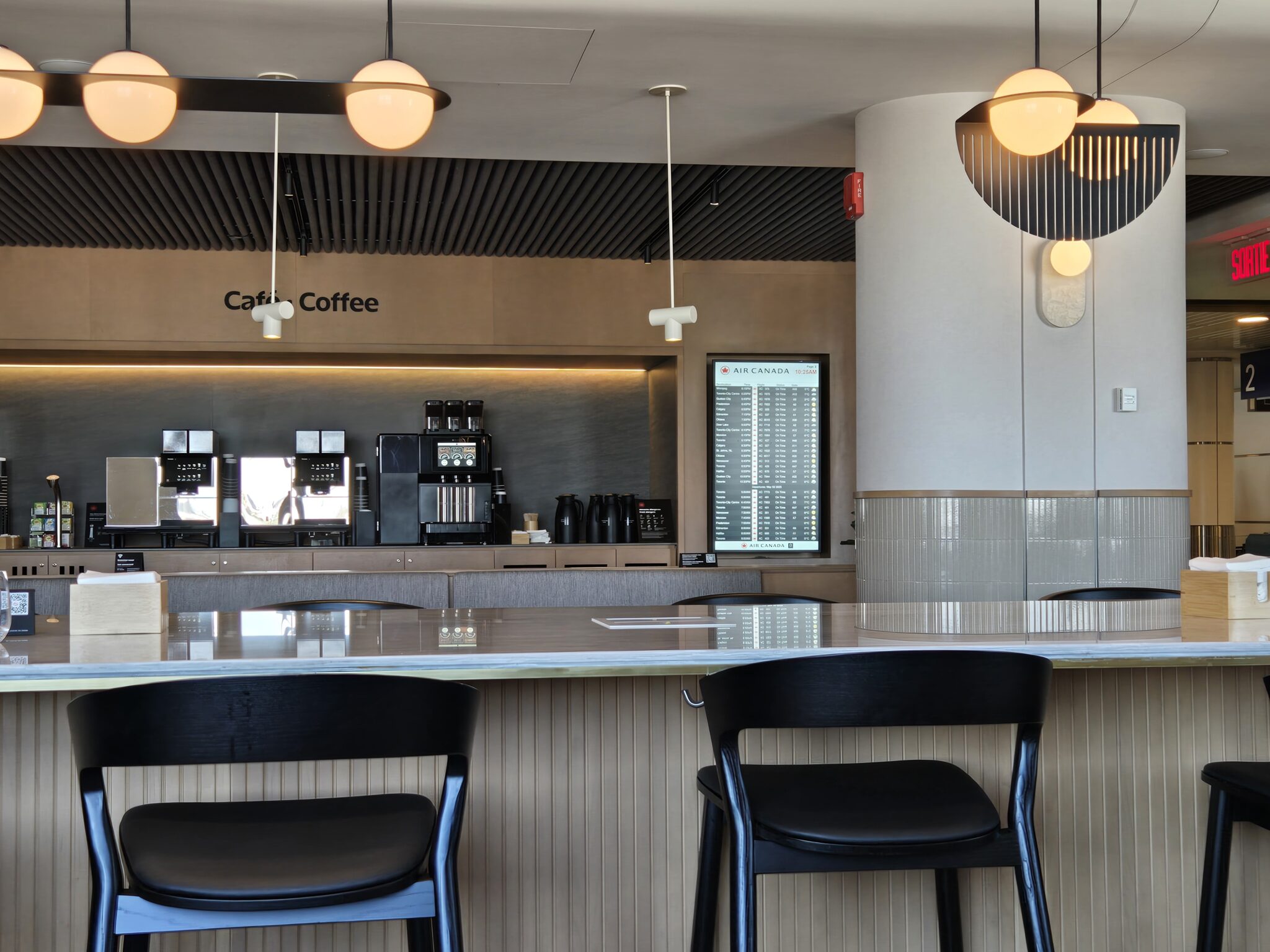

























![Air Traffic Controller Claps Back At United CEO Scott Kirby: ‘You’re The Problem At Newark’ [Roundup]](https://viewfromthewing.com/wp-content/uploads/2025/05/scott-kirby-on-stage.jpg?#)





































